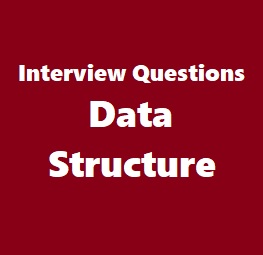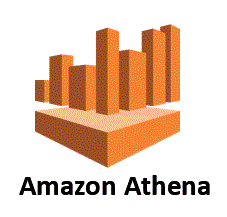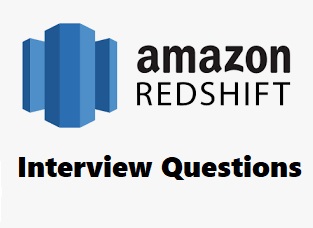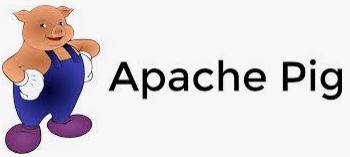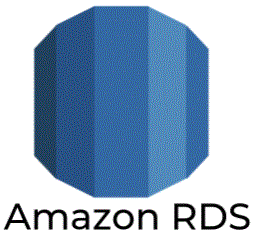46.What is the objectives of learning data structure?
To determine the various types of abstract data such as queue, stack, lists and deque.
To understand the implementation process of abstract data by using the Python data lists.
To evaluate the performance of linear data structure.
To comprehend the expression formats of prefix, infix and postfix.
To evaluate postfix expressions by using stacks.
To transforms postfix to infix expression format by using stack.
47. What is Persistent data structure ?
The data structure is fully persistent if every version can be both accessed and modified. If there is also a meld or merge operation that can create a new version from two previous versions, the data structure is called confluently persistent. Structures that are not persistent are called ephemeral.
48. What are Primitives and Non primitive data types ?
Primitives are the most basic kinds of data types and they directly contain values. There are eight primitive types in total:
byte
short
int
long
char
boolean
float
double
Non primitive data types are called reference types in Java and they refer to an object. They are created by the programmer and are not defined by Java like primitives are. A reference type references a memory location where the data is stored rather than directly containing a value.
49. What is Modular Programming?
Modular Programming is a process that involves splitting a computer program into individual sub-programs. A module is an individual component which can be utilised with a number of functions and applications in combination with other components in a system. Identical functions are arranged together with the same programming code and separate functions are created as separate units of code making it available for reuse with other applications.
50. What is an Abstract Data Type ?
An abstract data type is a set of operations. ADTs are mathematical abstractions; now here in an ADT’s definition is there any mention of how the set of operations is implemented. Objects such as lists, sets and graphs, along with their operations can be viewed as abstract data types.
